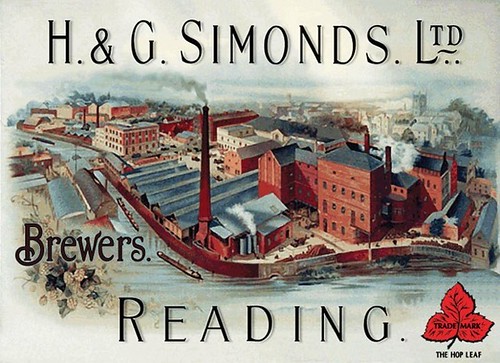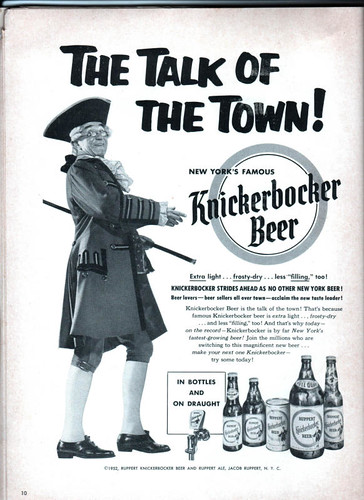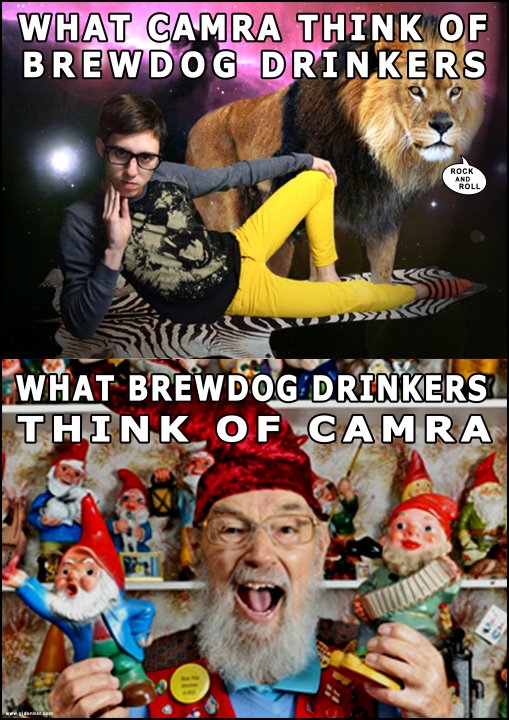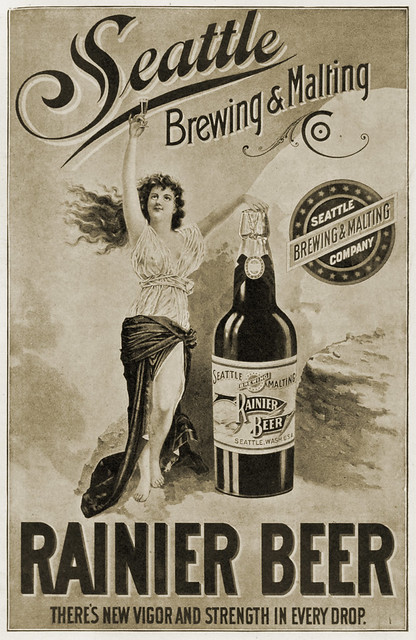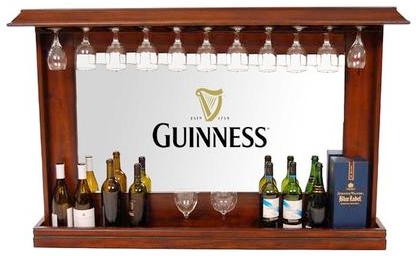
Friday’s ad is for English brewery, H. & G. Simonds, Ltd. of Reading. I’m not sure of the age, but presumably it’s from the late 19th century when these great industrial portraits of breweries were so common. I love these pro-industrial love letters. A collection of them would make a great coffee table book.
